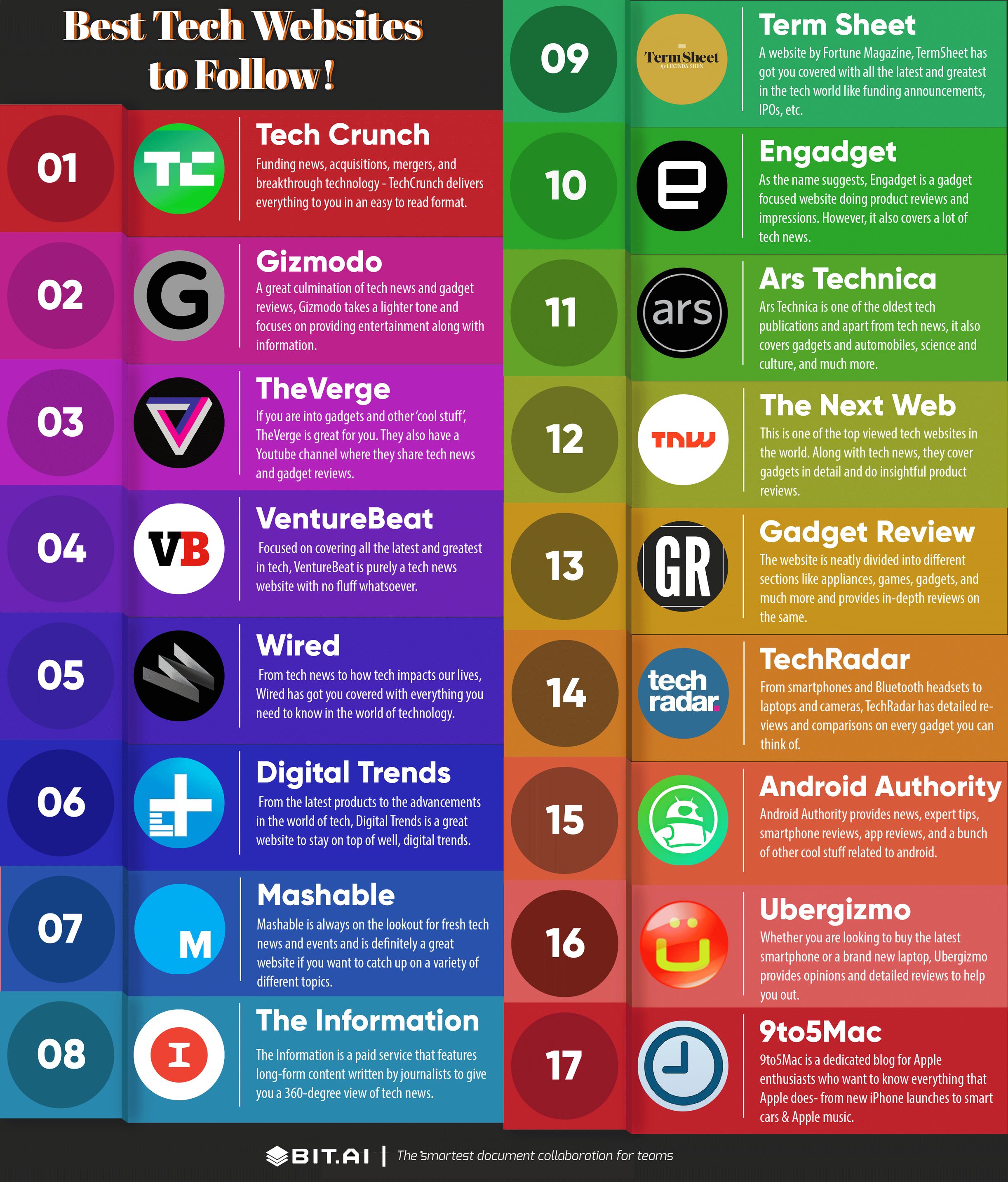Enhance Your Understanding with the Best tech blog Including Industry Specialists
Enhance Your Understanding with the Best tech blog Including Industry Specialists
Blog Article
Understanding the Rise of Side Computer in Today's Digital World
In the quickly evolving landscape of technology, side computer arises as a crucial force, reshaping just how data is processed and made use of. By transitioning data administration closer to the source, side computer addresses critical latency problems while enhancing bandwidth usage and boosting safety steps.
What Is Side Computing
Side computer, although a reasonably recent innovation in the world of modern technology, fundamentally transforms just how data is processed and taken care of by bringing computation and information storage closer to the place where it is required. Unlike standard cloud computer models, which commonly rely upon central information centers that can be geographically far-off, edge computing decentralizes data handling. This proximity minimizes latency, improves real-time data handling, and boosts the total customer experience by guaranteeing quicker reaction times.
At its core, edge computer entails a network of local gadgets and facilities, such as sensing units, routers, and portals, efficient in refining data at or near the resource. This local handling capability is especially crucial for applications requiring immediate information analysis, such as autonomous cars, commercial automation, and wise cities. Additionally, by offloading information processing tasks from main servers, side computer reduces bandwidth demands and boosts data personal privacy and protection, as delicate information can continue to be on-site instead than going across comprehensive networks.

Secret Vehicle Drivers of Fostering
Numerous variables are pushing the adoption of edge computer in today's digital landscape. One of the primary vehicle drivers is the rapid increase in connected devices, often described as the Internet of Points (IoT) This rise produces vast amounts of data that need to be processed swiftly and successfully. Side computing addresses this demand by enabling information handling closer to the data resource, decreasing latency and enhancing real-time decision-making abilities.
Another substantial vehicle driver is the need for boosted data transfer efficiency. Central cloud systems can come to be overloaded with the large quantity of data created by IoT tools, causing bottlenecks (Best tech blog). By refining information at the side, companies can reduce network congestion and boost overall system performance
Furthermore, safety and personal privacy problems are pressing organizations towards side computing. By processing sensitive data in your area, firms can alleviate threats related to data transmission and exposure to potential cyber risks.
The rise of applications requiring real-time processing, such as independent cars and augmented reality, likewise requires the quick feedback times that border calculating gives. Collectively, these drivers are making edge calculating an indispensable component of modern-day IT infrastructure, paving the way for its widespread fostering throughout numerous industries.
Advantages Over Cloud Computing
Just how does edge computing identify itself from conventional cloud computer? Mainly, side computer brings information handling closer to the source of data generation, frequently on neighborhood devices or nearby web servers, rather than depending on central data. This closeness substantially reduces latency, allowing real-time data processing and decision-making. For industries where nanoseconds matter, such as autonomous automobiles or industrial automation, the reduced latency provided by edge computing can be essential.
Moreover, edge computer enhances data transfer efficiency (Best tech blog). By processing information in your area, just the essential information is sent to the cloud for more evaluation or storage space, decreasing the quantity of data that passes through the network. This not just minimizes network congestion but likewise decreases information transmission expenses
Side computer also offers better information personal privacy and protection. Delicate information can be processed in your area without being sent to the cloud, minimizing the exposure to possible cyber threats. This is especially valuable for markets handling secret information, such as healthcare and financial services.
In addition, edge computer makes certain greater resilience and integrity. Neighborhood processing allows for proceeded operation also when connectivity to the cloud is endangered, preserving important features and solutions in spite of possible network interruptions. These benefits collectively show edge computer's transformative possibility in optimizing efficiency and protection in digital environments.
Considerations and obstacles
While side computing provides many benefits, it additionally provides one-of-a-kind obstacles and factors to consider that must be resolved to fully recognize its capacity. In addition, handling and monitoring a decentralized network of edge gadgets can be complicated, needing sophisticated tools and methods to make sure seamless operation this and maintenance. Best tech blog.
Another factor to consider is the scalability of edge computing options. As the variety of connected tools expands, so does the need for refining power at the side, which can bring about source restraints. Organizations has to thoroughly plan their facilities to fit this development without endangering performance or efficiency.
Interoperability is another important element. With various hardware and software components entailed, making certain compatibility and seamless assimilation can be tough. Standardization initiatives are vital to facilitate interaction in between inconsonant systems.
Future Trends in Side Computer
Preparing for the future, edge computer is positioned to transform numerous industries by allowing faster information handling and decreasing latency. As the quantity of information produced by IoT tools continues to expand, edge computing will certainly become significantly essential in handling this increase efficiently.
Another arising fad is the development of edge-native applications developed particularly to utilize the one-of-a-kind capabilities of edge computing. These applications will enhance efficiency and source application, leading to boosted performance across various industries. Additionally, developments in 5G technology will additionally strengthen edge computer by providing the essential framework for high-speed, low-latency interaction in between tools and side nodes.
Verdict
Edge computing's surge is driven by the spreading of IoT gadgets and the need for real-time information processing, which boosts efficiency by decreasing latency and decentralizing data management. This technique reduces transmission capacity inadequacies and security concerns, promoting improvements in applications like clever cities and self-governing lorries. Despite challenges such as infrastructure intricacy and combination, the future of side computer assures an extra responsive electronic environment, with continued innovations forming its evolution and increasing its applicability across industries.
Side computing, although a fairly recent improvement in the realm of technology, essentially transforms how information is processed and managed by bringing computation and information storage space closer to the place where it is required. Unlike typical cloud computer versions, which commonly rely on centralized information centers that can be geographically remote, side computer check my site decentralizes information handling. Furthermore, by unloading information processing tasks from central servers, edge computer decreases data transfer needs and boosts information privacy and protection, as sensitive information can remain on-site instead than passing through extensive networks.

Report this page